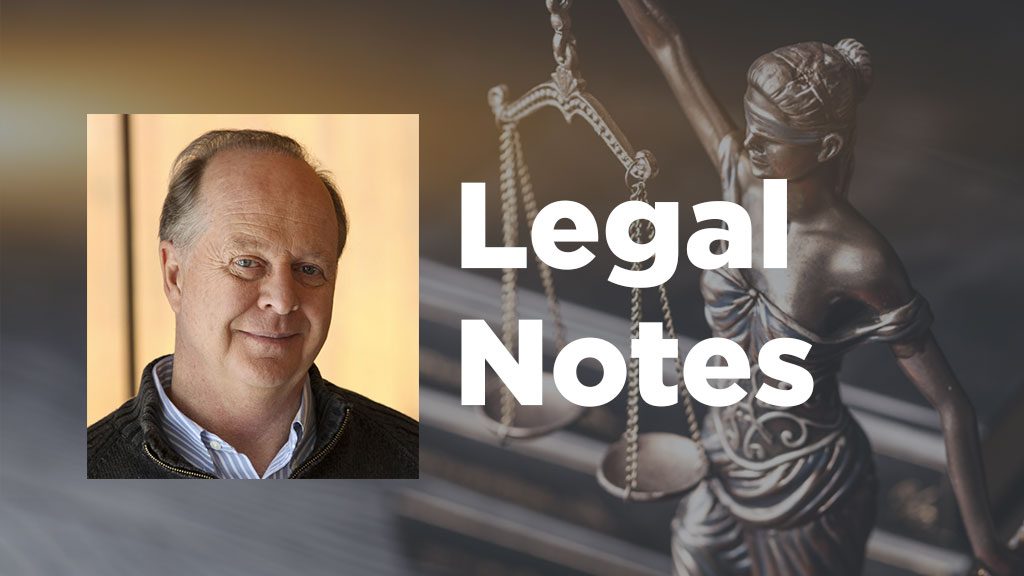A ruling rendered in June 2023 by the Court of Appeal for Saskatchewan, upholding an earlier Court of King’s Bench decision, stands as a reminder of how understanding exclusion clauses can impact project insurance policy coverage.
Kelly Panteluk Construction Ltd. (KPCL), a company specializing in earth-moving and excavation services, had been contracted by the Canadian Pacific Railway Company (CP) to construct an earthen embankment for a railway line in southern Saskatchewan called the Belle Plaine Project.
As the project neared completion, the embankment collapsed. CP sued KPCL and others for $41 million for damages to the embankment and the land. KPCL claimed a duty to defend from its insurance underwriter, Lloyd’s. However, Lloyd’s denied coverage based on specific policy exclusions.
Harper Grey LLP partner Christopher Rusnak and associates Adam Way and Leyla Salmi, write KPCL was required under its agreement with CP to purchase various types of insurance, including wrap-up liability insurance and all-risk course of construction insurance.
However, although it secured wrap-up coverage, KPCL did not obtain course of construction or builder’s risk insurance for the project. In court, Lloyd’s was clear there was a difference between the two and KPCL was attempting to “contort and fit” the event into its actual coverage.
“Specifically, Lloyd’s argued that the policy (a form of wrap-up liability policy) was intended to respond to claims for third party liability arising out of the project,” Rusnak, Way and Salmi write. “In contrast, a builder’s risk course of construction policy was intended to cover damage to work being undertaken during the project, as occurred here.”
At the Court of Appeal for Saskatchewan, Lloyd’s accepted that CP Rail’s claims against KPCL fell within the initial grant of coverage under the policy. The onus on Lloyd’s under the law was therefore to establish that CP’s claims against KPCL were excluded, in this case, by the operations exclusion and the project damage exclusion.
KPCL argued that other parties had contributed to the soil embankment prior to its collapse and further submitted that the exclusions should only apply to the uppermost lift of soil where the failure occurred but not the damage to the remainder of the embankment (lifts) and soils below. KPCL also referenced “ongoing warning signs which repeatedly indicated a predictable embankment failure that was not limited to this one portion of the project.”
KPCL’s appeal was dismissed.
“The pleadings fail to support KPCL’s claim that other persons’ work, not its own, were the cause of the embankment failure,” the appeal court ruled. It also cited an article within in the operation exclusions that clearly included the work of such other persons “performed by or on behalf of the insured.”
In any case, the court noted CP’s claim did not contemplate dividing KPCL’s work in the manner KPCL had suggested. Placement of the layers of fill to build the embankment could not be reasonably separated into individual component parts. The court stated “dividing indistinguishable, identical repetitive works into separate components parts” defied a reasonable interpretation of the exclusion clauses in the policy.
Furthermore, the entire soil embankment was part of the project, the appeals court said, despite KPCL pleadings.
“To suggest that the foundation soils under the embankment were not part of the project does not accord with the definition of the project insured,” the court said.
Therefore, the company was responsible for aspects of construction, project management and safety, as well as supervision of the construction contractors. This included monitoring the underlying soil stability.
This again confirms that understanding the wording in agreements and contracts matters.
“The court concluded that it is the substance of the policy wording that must be analyzed, not the title or form,” write Rusnak, Way and Salmi. “In other words, it is the unique wording and interpretation of the policy itself that will determine whether a duty to defend is owed. The case also illustrates the importance of securing the appropriate insurance coverage for the project at issue to avoid these types of coverage disputes.”
John Bleasby is a freelance writer. Send comments and Legal Notes column ideas to editor@dailycommercialnews.com.



Recent Comments
comments for this post are closed